Login
SubscribeCRISPR

Twisted DNA Increases CRISPR Off-target Effects
Shelby Bradford, PhD | Feb 8, 2024 | 4 min read
Understanding how Cas9 binds off-target sequences can help researchers refine CRISPR-mediated genome editing.

Researchers CHOOSE Organoids to Investigate Neurodevelopment
Deanna MacNeil, PhD | Jan 29, 2024 | 4 min read
A 3D variation of pooled CRISPR screens could connect the dots between autism spectrum disorder genetics and cell fate pathways in the developing brain.
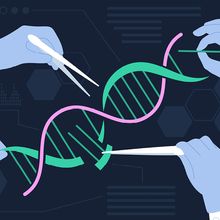
Optimizing Gene Editing with PARP1 CRISPR Plasmids
The Scientist and Santa Cruz Biotechnology, Inc. | 3 min read
CRISPR plasmids provide a robust solution for streamlining human cell transfection workflows.
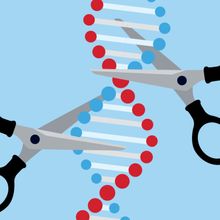
Genotoxic Effects of Base and Prime Editing
Kamal Nahas, PhD | Jan 12, 2024 | 5 min read
A risk-benefit analysis of gene editing tools in stem cells revealed that base and prime editing carry vulnerabilities similar to those of CRISPR-Cas9, but at a reduced rate.
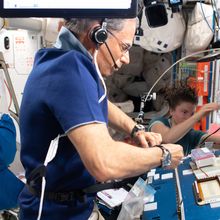
Whenever, Wherever: Taking DNA Amplification Outside the Lab
Hannah Thomasy, PhD | Dec 4, 2023 | 10 min read
Recombinase polymerase amplification lets researchers rapidly replicate DNA in the clinic, in the field, or even in the International Space Station.
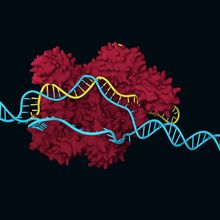
CRISPR Gene Editing: Cas9 and Beyond
Johanna Pruller, PhD and Deanna MacNeil, PhD | 7 min read
Researchers create and improve CRISPR-Cas mediated gene editing technologies based on prokaryotic CRISPR systems and eukaryotic DNA repair mechanisms.
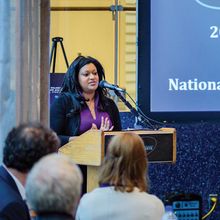
Making Standards Exceptional
Meenakshi Prabhune, PhD | Dec 4, 2023 | 9 min read
Samantha Maragh has taken on the difficult challenge of standardizing assays, data norms, and terminology in the ever evolving genome editing field.

The Wonderfully Shrunken Cas13
Rachael Moeller Gorman | Nov 7, 2023 | 3 min read
Scientists removed unnecessary sections of the Cas13 enzyme, creating a mini-enzyme that works and fits with other CRISPR elements into a single gene therapy vector.
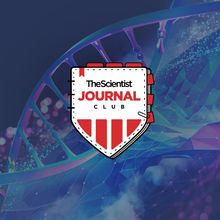
The Scientist’s Journal Club: Detecting Nucleic Acids with CRISPR
The Scientist | 1 min read
Kuangwen Hsieh will discuss his research understanding CRISPR-based nucleic acid detection assays.

Biosensors for Colorectal Cancer
Hannah Thomasy, PhD | Nov 1, 2023 | 4 min read
Engineered bacteria sound the alarm on a common oncogenic mutation.

How the Venus Flytrap Captures Its Prey
Rachael Moeller Gorman | Oct 16, 2023 | 4 min read
Scientists used CRISPR-Cas9 for the first time in a carnivorous plant to prove the role of two ion channels in closing the Venus flytrap’s trap.
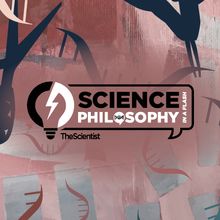
Targeting a Genetic Accident to Treat Disease
Deanna MacNeil, PhD | 2 min read
David Liu shares how integrating chemistry and evolution in his research has directed his work on base editing techniques aimed at developing new therapeutics.
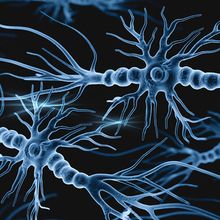
Assembloids Unlock the Roles of Key Neurodevelopment Disease Genes
Aparna Nathan, PhD | Sep 27, 2023 | 3 min read
Brain-like tissue grown in a dish mimics critical periods for development and reveals how it can go wrong.

A Fungus Plays Tug-of-war for Metal Ions
Laura Tran, PhD | Sep 14, 2023 | 3 min read

Versatile and Sustainable: Cell Counting for the 21st Century
The Scientist and DeNovix Inc. | 3 min read
Discover how the latest cell counting technology is reshaping a mundane task for the future.

CRISPR-like Abilities in Eukaryotic Proteins
Ida Emilie Steinmark, PhD | Sep 8, 2023 | 4 min read
Two groups independently discovered that Fanzor proteins in eukaryotic organisms are CRISPR’s genome-editing cousins.

Predicting the Next Level of CRISPR Control
Deanna MacNeil, PhD | Aug 28, 2023 | 3 min read
Scientists combine the power of genome-wide screens and machine learning to unlock the secrets of transcriptome engineering with Cas13.

COVID-19: Lessons Learned
The Scientist | 2 min read
An expert panel will discuss what researchers have learned from the COVID-19 pandemic and what lessons remain for the future.
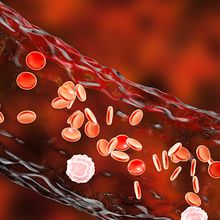
New CRISPR Treatment Could Prevent HIV Reinfection after Viral DNA Excision
Jennifer Zieba, PhD | Aug 21, 2023 | 3 min read
Researchers design dual CRISPR treatments to remove HIV DNA and prevent reinfection in vitro.
